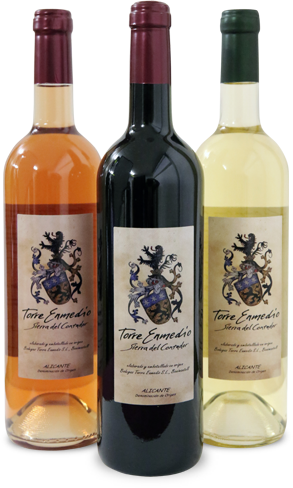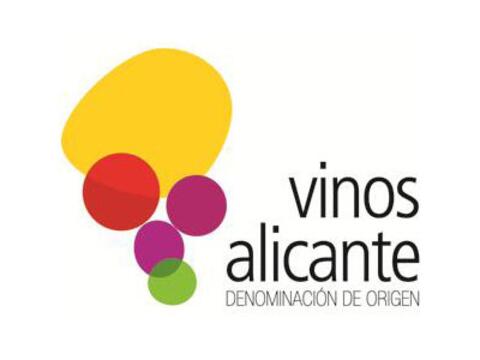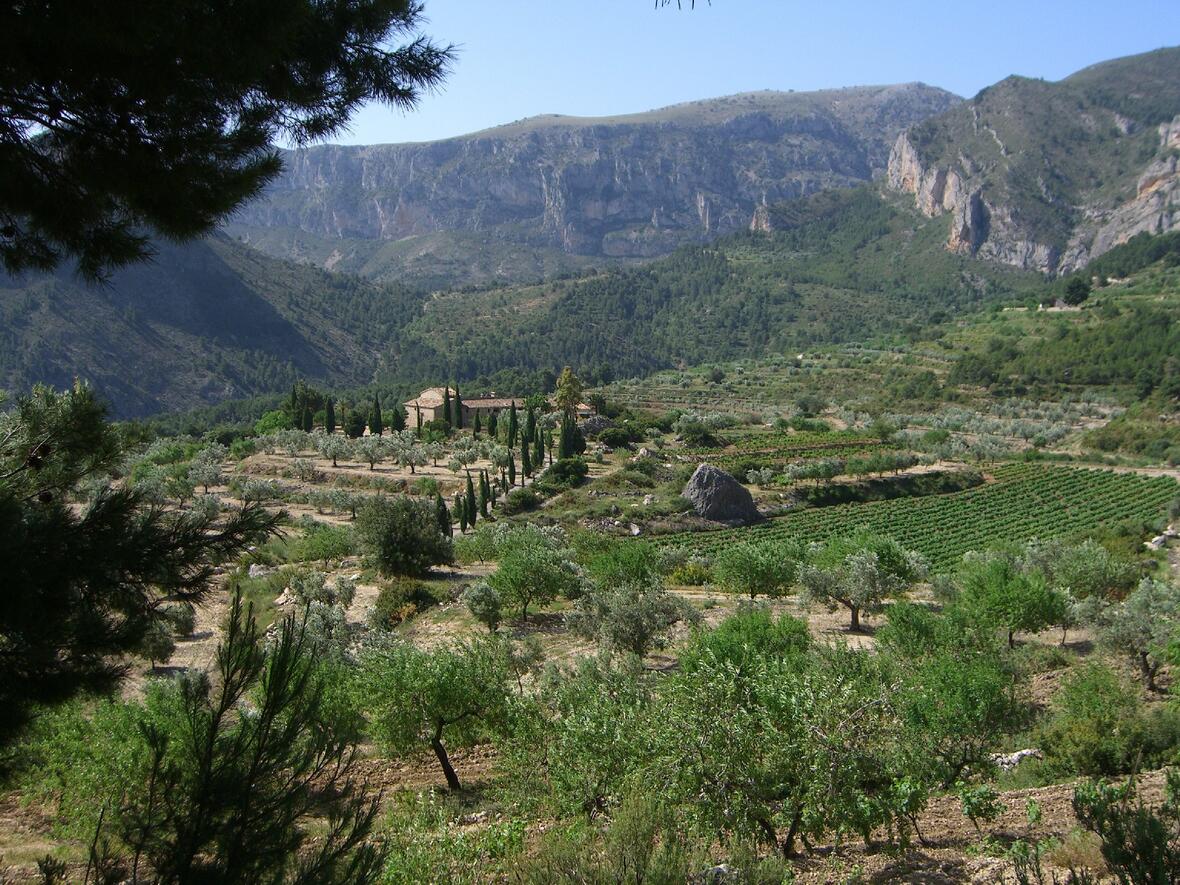
At the beginning, there was not a single grapevine on our finca, only almond and olive trees. The local wines, mostly produced at sea level on the coast, were heavy and sweet and not really to our taste.
Our interest was first aroused when we discovered more about the history of our area.
We learned that grapes were grown here on a large scale by the Moors over 500 years ago - at that time presumably for the production of perfumes and herbal remedies. It was only 100 years ago that the grapevines were destroyed by the Phylloxera pest which by then had arrived in Spain.
So with an eye to the past and in the knowledge that the location of our finca 650 m above sea level, together with its poor limestone soils, promised ideal conditions for producing red wine, we started out on our great adventure. The first vines were planted. As in Bordeaux, we chose Cabernet Sauvignon und Merlot grapes, in complete contrast to local customs which even today prefer higher-yield vines such as Monastrel and Tempranillo.
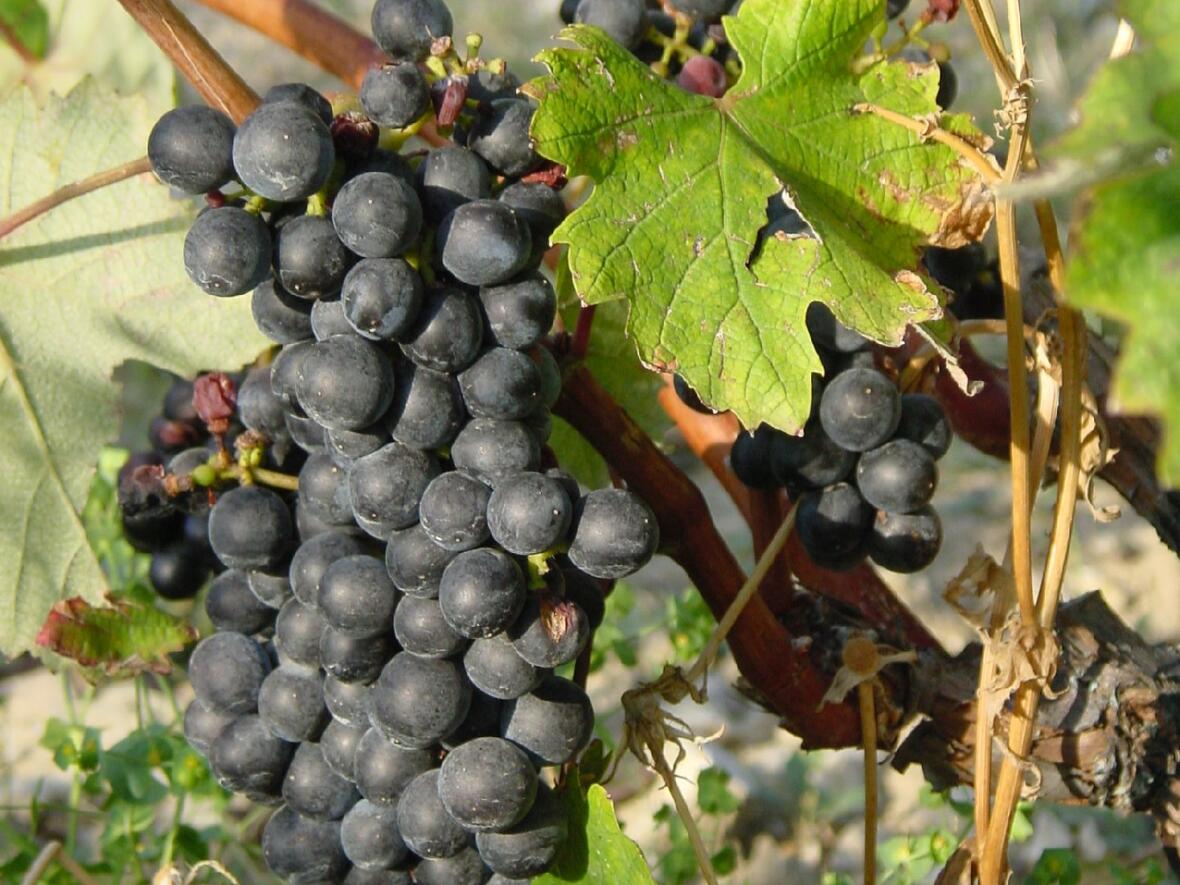
We were enormously proud of our first harvest in 1988 but sadly unable to turn the around 200 kg of grapes into a drinkable wine. The result: a barrel of vinegar and another barrel containing a foul-smelling oxidised liquid. Cremation seemed to be the only solution. So obviously, we had a problem. We didn't have the necessary knowledge to cope with the inevitably increasing quantities of grapes.
This was the start of an intensive phase of learning and information gathering, both from literature and through exchanging information with winemakers in Germany, Alsace and Spain.
Although one of the greatest weaknesses of the grapevine is its susceptibility to diseases and pests, we have relatively few such problems in our location. The greatest difficulty is keeping the many wild boar away from our grapes, but electric fences have proved quite effective. As a result, we use only minimal amounts of pesticides, which is reflected in the naturalness and palatability of our wine. It is also easy to digest because of its low acidity. Intending our wine to be drunk young, we use almost no chemical preservatives - a fact which is readily appreciated the next morning, even when our wine has been enjoyed in generous quantities.
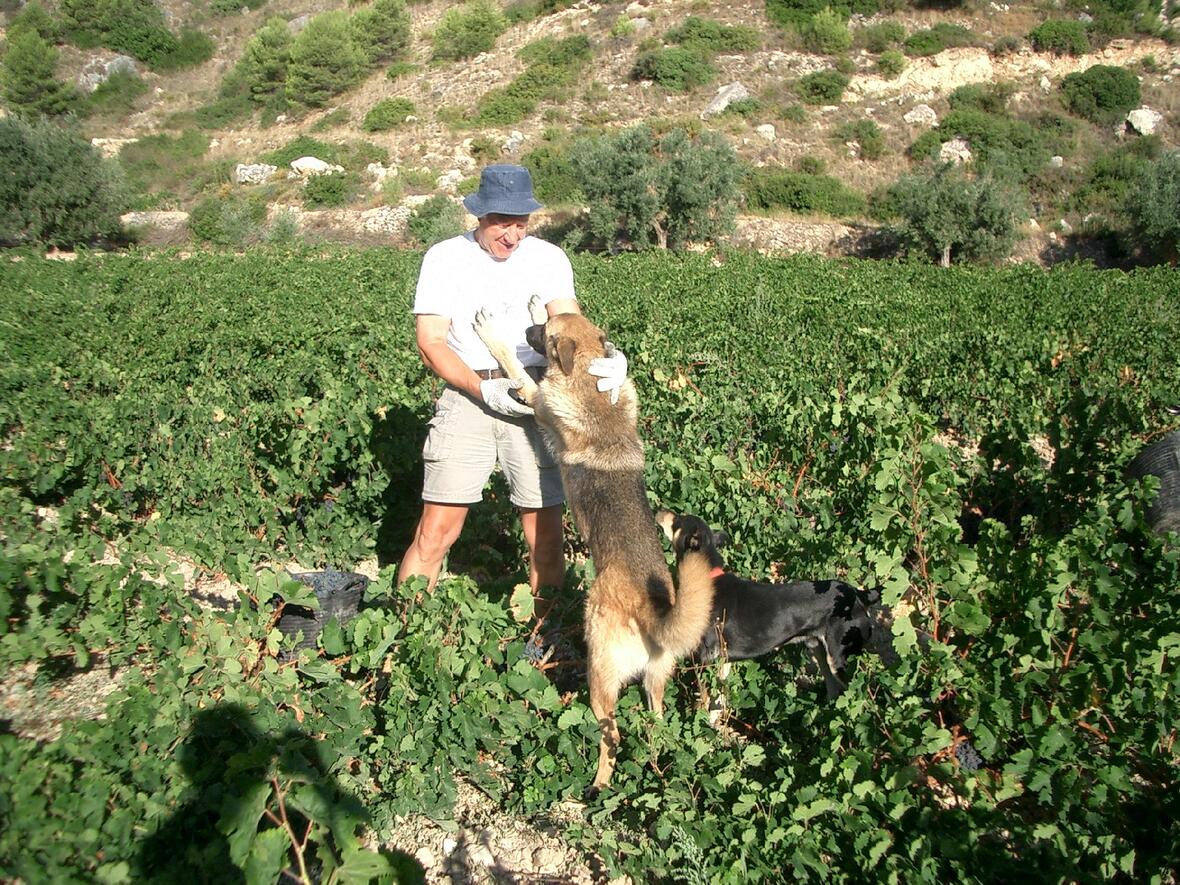
Character and taste are more important to us than fining our wine with additives or stabilising it or over-filtering it to minimise sediment. In contrast to large commercial bodegas, consistent taste is not of primary importance to us, so we do not blend our wines. Each wine is characterised by its own specific location and year. Depending on weather conditions, every vintage is slightly different and has its own unique character - making the process even more interesting.
Matured in oak barrels, our dark ruby-red wine is appreciated for its fruitiness, density and accents of Sierra del Contado berries. It has won a growing number of friends, even from outside Europe - and today this also applies to our rosé and white wines.

